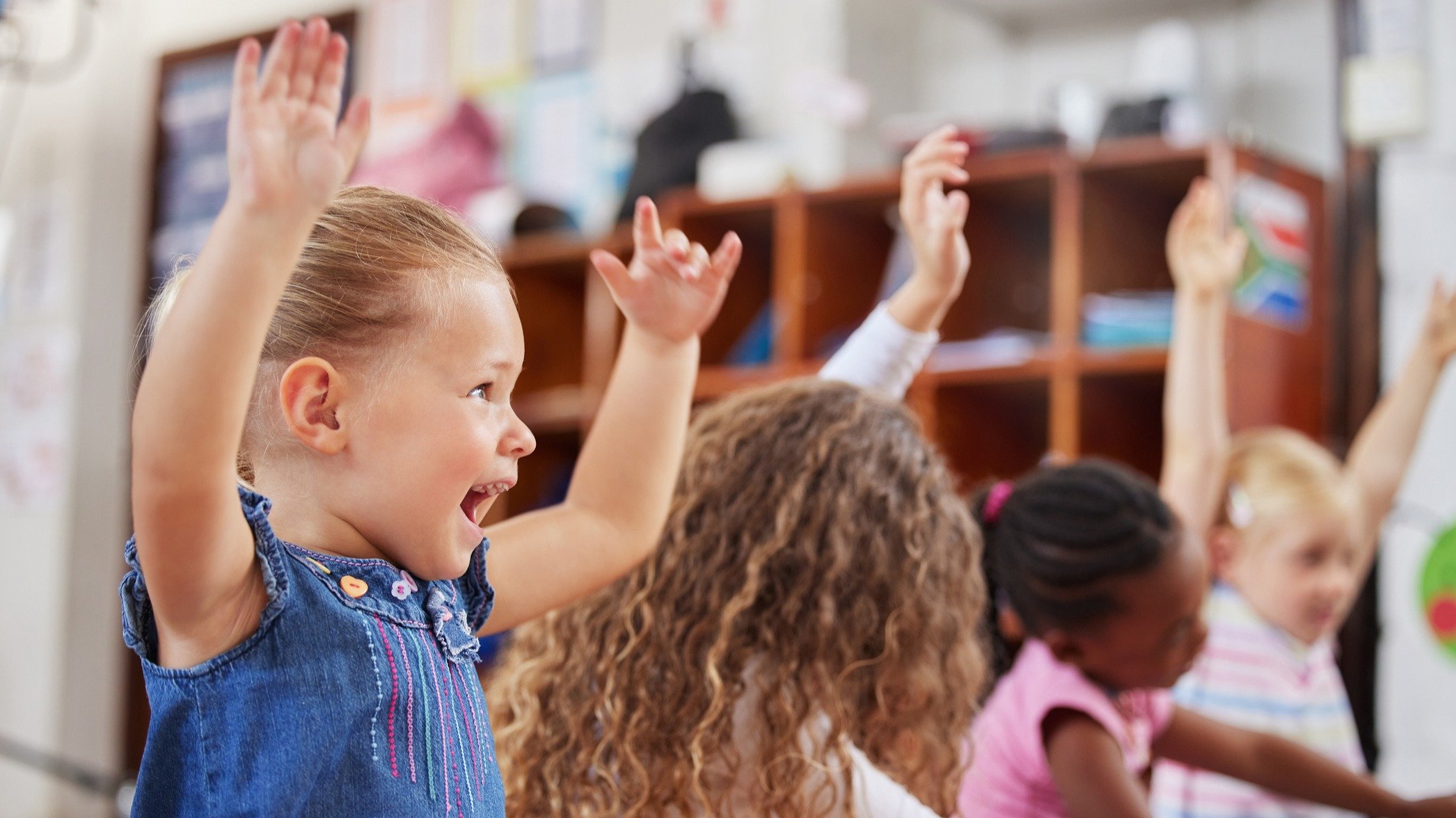
In this article:
There’s no question that the pandemic had far-reaching effects on the entire world. It changed every aspect of our daily lives; from how we worked and did business, shopped for groceries, and celebrated milestones with our families. Schools across the nation went virtual, childcare facilities were closed, and mommy-and-me play groups disbanded while entire families retreated to the safety of their homes. As a result, babies born during the pandemic had few opportunities for socialization and enrichment. Caregivers are now tasked with preparing pandemic babies for preschool.
The impact of the pandemic on child development
Babies born during the height of the pandemic either reached or are nearing preschool age. Due to lockdown and closings, their exposure to playgroups, play dates, and play gym classes were limited; thus limiting opportunities for socializing. Coupled with the caregiver stress, confusion, family financial issues, grief, health concerns, and everything else that occurred as a result of the pandemic, in many cases, some children’s development was impacted.
For starters, when the world shut down, access to in-person physician appointments for wellness checks and developmental screenings were limited. In many cases, caregivers put these appointments off for the better part of a year or more.
“In 2020, many services such as speech, occupational and ABA therapies were postponed or changed to virtual services,” pediatrician Leah Alexander explained. “Speaking with many frustrated parents, it is nearly impossible for an infant or toddler to look at a screen long enough to benefit from a virtual therapy session.”
Without access to these necessary services, and with limited interaction with peers and other adults in a childcare setting, the pandemic caused many young children to fall behind. A Rhode Island Hospital study found that in the years prior to the pandemic, the average 2-year-old would hear an average of 100-140 words an hour including between 35-50 conversations with their caregivers. In 2020 and 2021, it is reported that 2-year-olds were hearing between 20 and 70 words per hour and having just 15-25 conversational exchanges with the adults in their lives.
Further, children who were toddlers at the beginning of the pandemic – during a crucial time in their development – were on lockdown with family members, who were dealing with the aforementiond financial pressures, grief and confusion and myriad additional stressors that came with the pandemic.
Building social skills for preschool readiness
Ensuring your toddler is ready for the social aspect of preschool may be top on your priority list given the impact of few interactions with other kids their age.
It’s important to work alongside your child’s teachers to make preschoolers feel safe and comfortable during drop-off; they may require additional time to adjust than what was common in the past.
Another great way to help ease preschoolers into the classroom environment, is to encourage side-by-side play with other children. Building materials, blocks, LEGO and other hands-on activities that allow children to play independently, but with peers nearby also playing independently, are great ice-breakers.
This type of open-ended organic play lets children take ownership and build social skills when they feel comfortable, rather than being thrust into situations that can feel scary and overwhelming. Overall patience and trial and error are key for both parents and educators.
How to help pandemic babies prepare for preschool
Apart from regulating emotions and learning to socialize with peers, there are a number of aspects of preschool that many preschoolers – pandemic or otherwise – have yet to experience. Here are a few ways to help pandemic babies prepare for preschool.
Create a morning routine – nothing ruins a morning than a cranky toddler. Well before the first day of preschool, begin practicing your school-day morning routine so they know what is expected.
Visit the school and playground – knowing what the environment looks like and what is expected of them will go a long way. Familiarize your preschooler with the school and playground prior to their first day of school.
Work on potty-training – depending on your child’s preschool rules and stipulations, potty-training may be required for attendance. If possible, make sure your child is fully potty-trained.
Master the lunchbox and food packaging – while your child’s teacher will be happy to help your little one open their Gogurt, it can be challenging trying to attend to twenty children during a 25-minute lunch break. Help a teacher out and ensure your preschooler knows how to access all of the food in their lunchbox independently.




